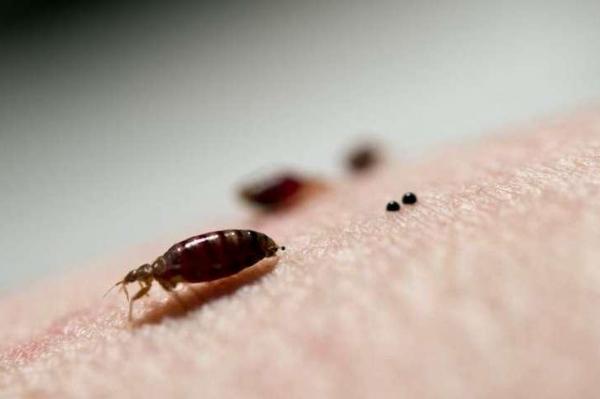
BLACKSBURG, Va., Jan. 28 (UPI) — New research shows bed bugs are increasingly immune to a common class of insecticide chemicals.
Virginia Tech exposed different populations of bed bugs to an array of pesticides and measured how they fared. Researchers examined two classes of chemicals that are often paired together to treat bed bugs — neonicotinoids, or neonics, and pyrethroids.
One population came from a lab where they’ve been isolated from pesticide use for the last 30 years, never exposed to neonics or pyrethroids. Another, collected in New Jersey and isolated since 2008, had developed a pyrethroid tolerance but had never been exposed to neonics. Two more populations were collected recently from homes in Michigan and Cincinnati, Ohio.
While small amounts of neonics and pyrethroids killed at least 50 percent of the long-isolated bugs, it took several thousand times more of the chemicals to achieve a similar result with the bed bugs from Ohio and Michigan.
Both of the modern populations from the Midwest were 33,333 times more resistant to a common insecticide called acetamiprid.
The New Jersey bed bugs were also more resistant to neonics, even though they had never before been exposed. Researchers think detoxifying enzymes developed via their pyrethroid tolerance helped them fend off the new chemicals.
Researchers shared the results of their lab tests in the Journal of Medical Entomology.
“Unfortunately, the insecticides we were hoping would help solve some of our bed bug problems are no longer as effective as they used to be, so we need to reevaluate some of our strategies for fighting them,” study co-author Troy Anderson, an assistant professor of entomology in the Virginia Tech, said in a press release.
“If resistance is detected, products with different modes of action need to be considered, along with the use of non-chemical methods,” added co-author Alvaro Romero.





